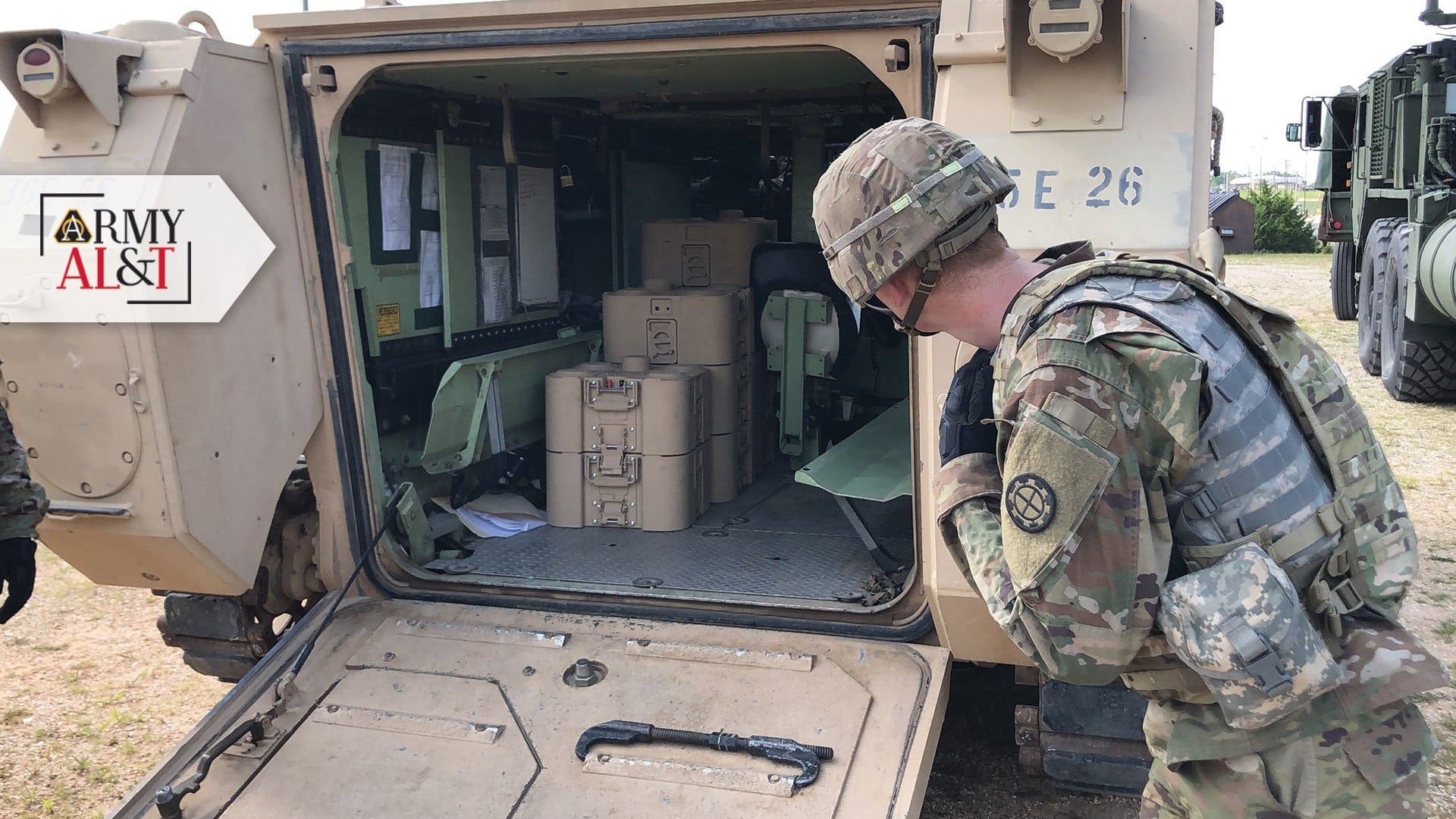After recent testing, soldiers are one step closer to having a suitcase-sized solution for small, dismounted units to fend off a tank advance.
And that’s not an anti-tank landmine you’re thinking of. What is this, 1944?
Soldiers and researchers concluded some early tests at Yuma Proving Ground, Arizona, on the XM204 interim wide area top attack munition in early September, according to an Army release.
RELATED
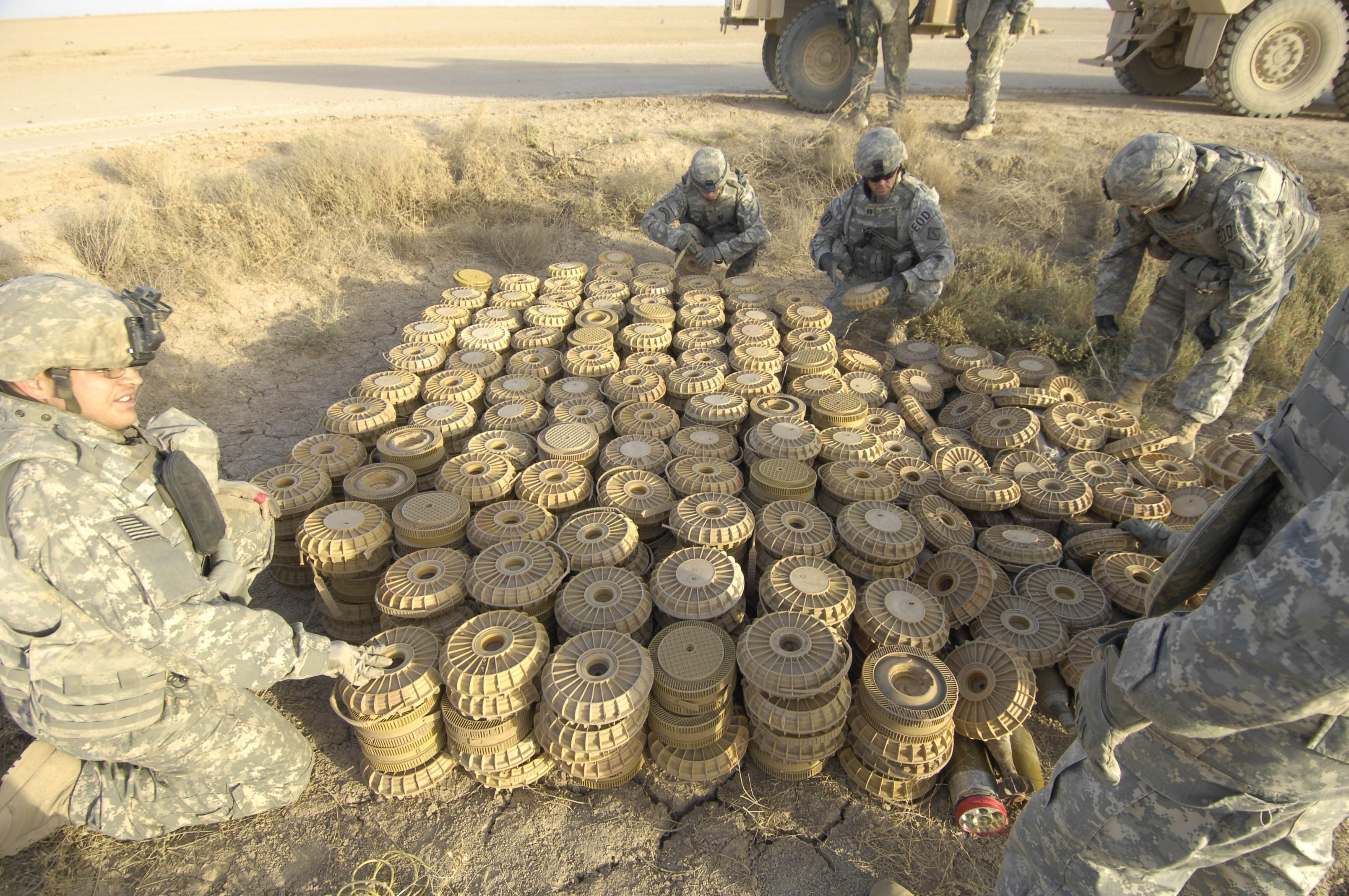
The call for such a weapon came out of U.S. Army Europe, said Lt. Col. Isaac Cuthbertson, product manager for terrain-shaping obstacles.
The XM204 is part of a family of new generation terrain-shaping obstacles that can target and deter tanks or other tracked vehicles. Some of its features are derived from the XM1100 Scorpion system.
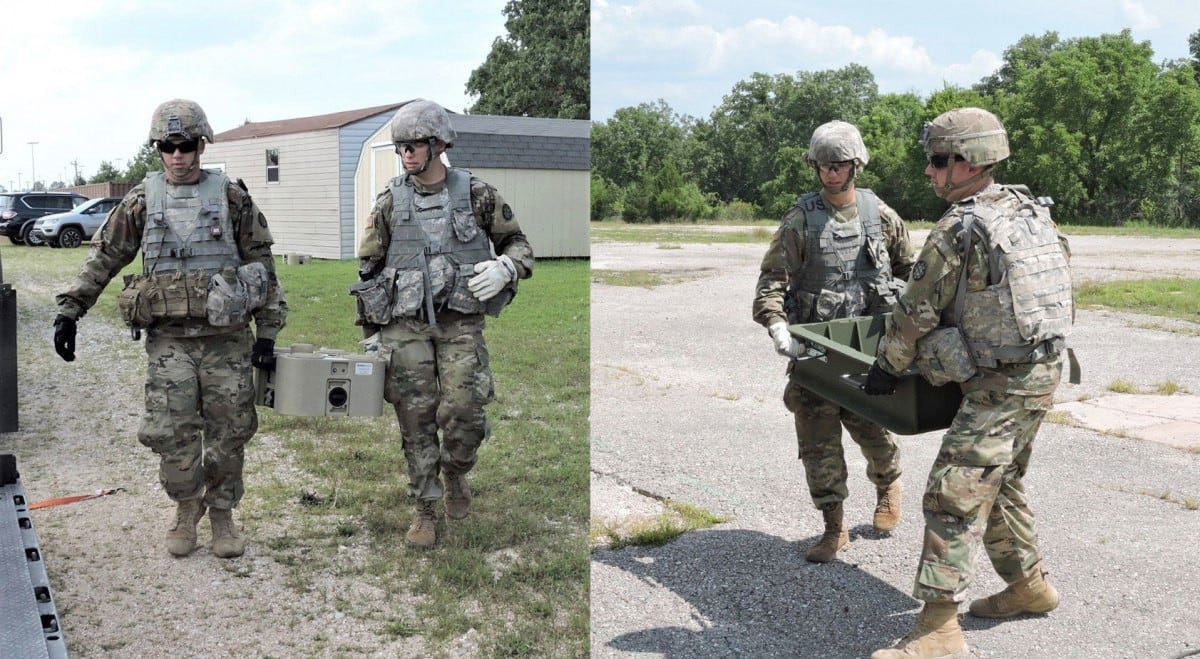
“Any time a commander wants to influence enemy forces’ ability to maneuver in an area without natural obstacles like a river or mountain, you can either build obstacles or emplace lethal obstacles,” Cuthbertson said.
Or, as a 2020 Army release about the program put it:
“After hand emplacement of the obstacles, you hightail it far outside the munitions effective range while leaving reconnaissance elements to maintain watch over the obstacles. Several hours later, your overwatch element confirms that multiple XM204 Top Attack munition systems launched sub-munitions that effectively engaged enemy vehicles, causing extensive damage and resulting in the enemy having to change directions. Mission accomplished.”
— Army news release, Aug. 31, 2020
The idea is that if a small unit is overmatched and outgunned, facing armored enemy coming their way, this weapon will allow them to buy time until better support arrives.
And the XM204 is ready and waiting.
“It can ‘hear’ tracked vehicles and feel them coming,” said Steve Patane, YPG test officer. “When it does, it uses a mechanism that starts tracking the vehicle. When the threat-tracked vehicle is a certain distance away, the XM204 will shoot a submunition into the air to fire the warhead down at the target within its zone of authority.”
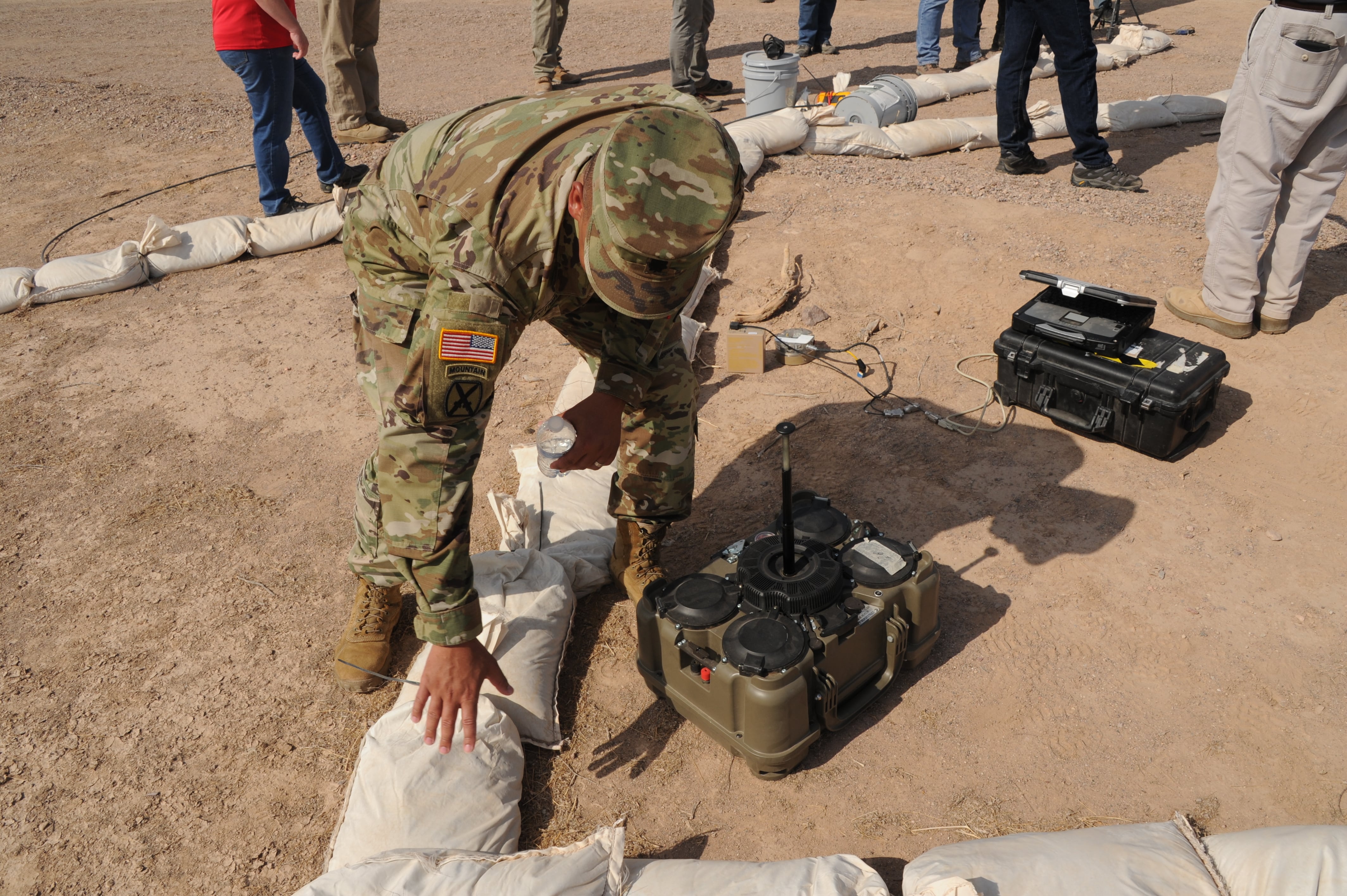
The suitcase-sized tank killer comes with an indicator to show whether or not it is armed and a self-destruct switch with timed settings to avoid one of the downsides of landmines — a deadly threat that sits dormant for decades, creating hazards far beyond the battle that can kill and injure civilians.
Combat engineers at Fort Leonard Wood, Missouri, provided feedback that resulted in the butterfly design for the battery box, Cuthbertson said.
That design allows soldiers to pick up the box more easily when fully kitted up.
To evaluate this new weapon, testers drove main battle tanks and infantry fighting vehicles across a test track at different speeds.
Sensors on the XM204 use an algorithm to deploy munitions at the exact right time, which depends on the size and speed of the target vehicle.
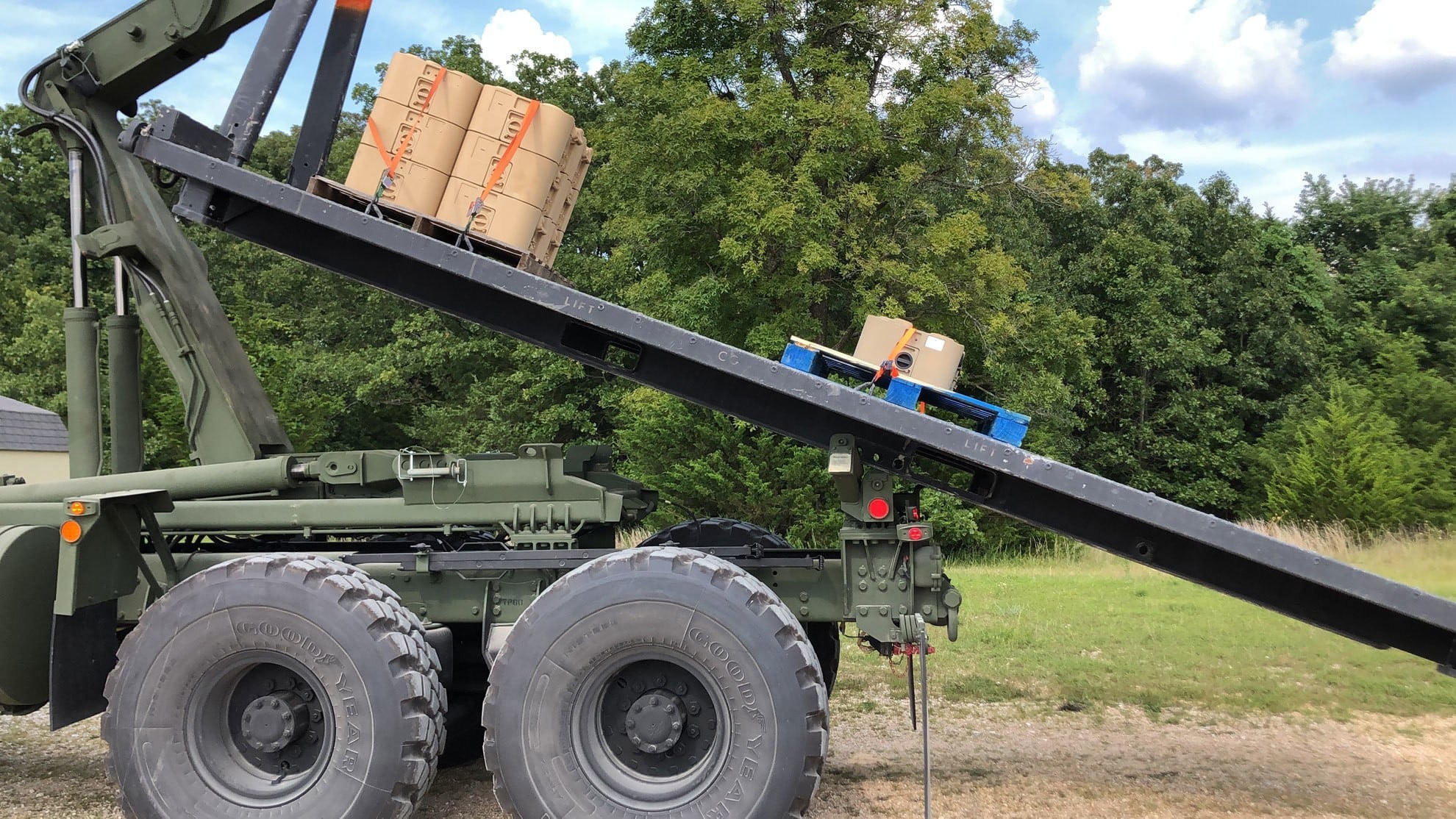
Researchers used the scenarios to better test the accuracy of the weapon’s sensors.
But no big boom.
Instead of exploding the test vehicle, and the driver inside, the system was rigged with a camera to take a snapshot of the target at the point of deployment.
“The camera aim point gives us an idea of where the munition would hit if it actually launched,” said Cuthbertson. “During the times we tested the (high explosive) rounds, we used remote-controlled vehicles.”
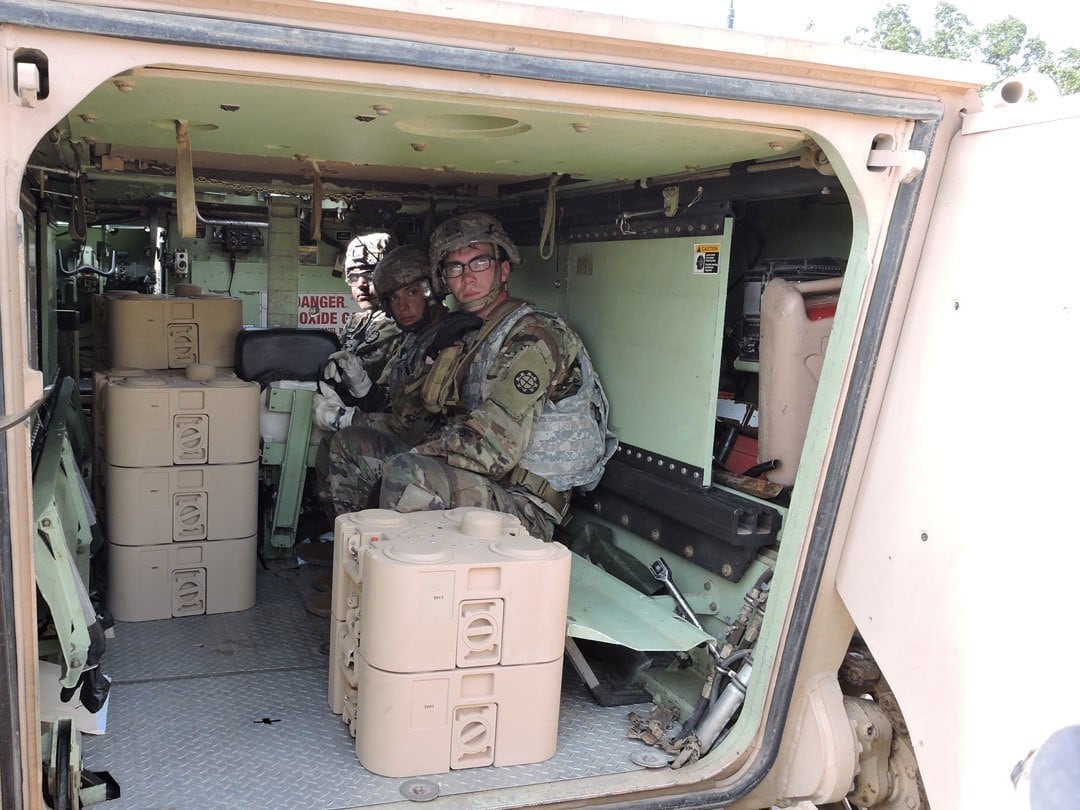
In previous tests, the team did fire off HE rounds, scoring multiple impacts.
“Putting steel on target speaks well for our program,” Cuthbertson said.
The XM204 can now enter limited initial production and government testing, also at Yuma.
Todd South has written about crime, courts, government and the military for multiple publications since 2004 and was named a 2014 Pulitzer finalist for a co-written project on witness intimidation. Todd is a Marine veteran of the Iraq War.
